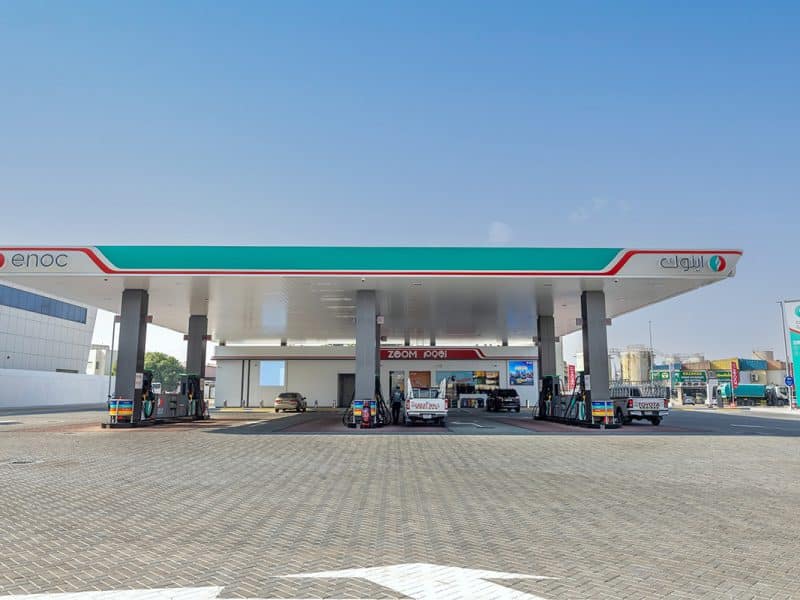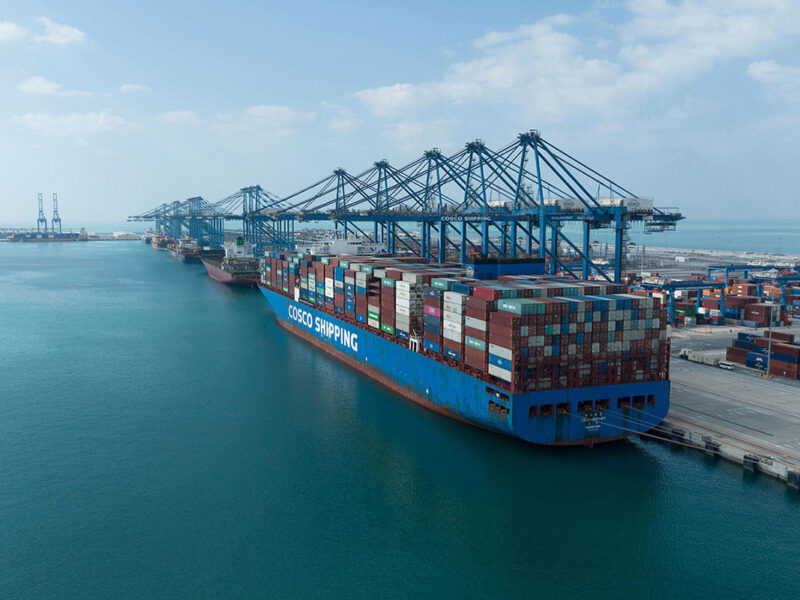With global inflation is causing corporate costs to go up, businesses are beginning to address question around how they will handle product pricing.
While a third of businesses expect costs to increase by more than 6 percent in the coming year, as a result of the sharp increase in labour and production costs, 31 percent of businesses have neither increased nor plan to increase their prices in response to climbing costs and inflation rates, according to a recent Inflation Pricing Study by global consultancy Simon-Kucher & Partners.
The global study, which surveyed 3,000 businesses across 20 countries, including the UAE, also found that approximately half of businesses (52 percent) have a price increase or further price increase planned.
To delve into the findings of the report, Arabian Business sat down with Lovrenc Kessler, the managing partner at Simon-Kucher & Partners.
In a wide reaching interview, Kessler gave UAE-based businesses recommendations on how to manage price increases while retaining customers.
AB: What stood out to you as the key findings of the report?
Price and cost are, more often than not, linked. Almost 60 percent of companies in the UAE view price increases as a core lever to counter cost increases in their industries. However, many companies (around 45 percent) do not have a clear view of how inflation will impact their costs.
This could indicate a lack of preparedness to tackle inflation in a strategic way. Companies will likely “react” to inflation by increasing prices either suddenly or without a structured and scientific approach as their costs increase, which could result in loss of profit or volume.
Meanwhile, the objective would be to plan price increases “proactively” by using inflation as a key instrument to project cost increases, giving companies enough time to revise their pricing and come up with a solid roll-out and price increase communication plan.
AB: What are the main findings in the UAE?
While inflation in the UAE remains below global average (2.5 percent versus 5.1 percent in Euro zone and 7 percent in the USA), it has increased measurably within 1 year, rising by 458 bp from -2.08 percent in 2020.
This has naturally led to cost increases across industries, for which UAE companies tend to react to by increasing prices as aforementioned.
As such, we see that UAE companies are ahead of global in terms of price increase implementation, where 67 percent of UAE companies appear to have already increased price in recent months compared to a global average of 56 percent.
AB: What recommendations can you give UAE businesses on managing price increases while retaining customers?
Inflation offers a great chance to enforce price increases with a differentiated approach. B2C companies in the UAE and the region should consider applying a 4-step strategy to navigate this situation successfully:
(1) Set net price increase targets. This would allow companies to plan ahead for such increases instead of merely reacting to inflation across their value chain.
(2) Leverage shoppers’ willingness to pay (WTP). Price differentiation according to products and services based on WTP is the number one driver in the UAE for how much price change to implement.
(3) Develop a customer-centric strategy, especially for consumer B2C companies: customer centric prices that rather than doing flat price increases. Companies need to differentiate prices and take into account psychological price barriers, price recognition of the different consumer segments, product type and frequency of product.
(4) Finally, thoroughly prepare implementation of the price increase. Price increase communication is a key success factor often ignored or underestimated which could hinder volume.
AB: What other challenges do UAE-based businesses face managing inflation?
Having a view of the end-to-end supply chain and constantly monitoring the impact of inflation across it remains a challenge for businesses.
This is made more difficult for companies with international supply chains, whose costs are affected by inflation rates abroad which are higher than local inflation rates.
This can put such businesses at a disadvantage versus a competitor who has a 100 percent localised supply chain and can experience minimised cost increases in comparison.
To mitigate such risk, businesses in the UAE should set a plan to localise their supply chain, jumping on the current trends.
The timing is indeed suitable to invest in localisation as we observe increasing efforts across the public and private sectors to do so in the region (e.g., nation-wide initiatives focusing on local content creation, investments in expanding manufacturing ecosystems through special economic zones, heavy investment in digital and automation to manage costs, etc.)









